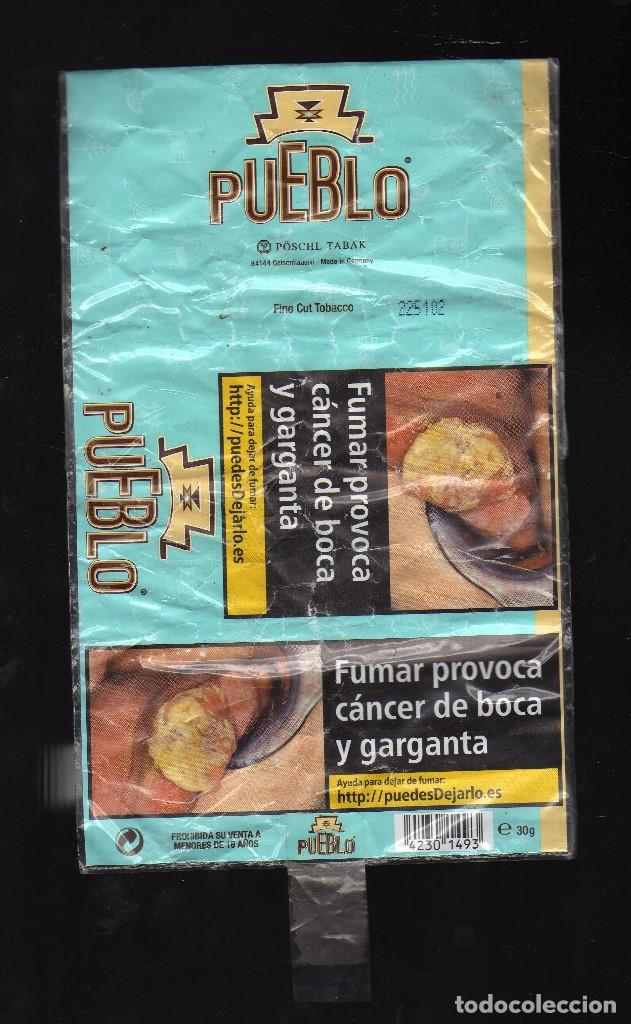

Coastal matorral dominates the coastal terraces north of Zapallar true matorral occurs on slopes of the coast range and foothills of the Andean Cordillera. Outlines the physiography, climate and soil with which matorral is associated in Central Chile, and notes the human impact on the vegetation through fire, livestock grazing and other agricultural practices. Data are provided on possible communities that indicate the entry into the oromediterranean belt and on other edaphohygrophilous formations present between the supra-and mesomediterranean belt in the whole of the geographic range from Valparaíso to Maule (from 32º to 36º). Two new associations are proposed: Aldamo revolutae-Guindilietum trinervis present from the upper mesomediterranean to the lower supramediterra-nean and Festuco acanthophyllae-Chuquiragetum oppositifoliae, clearly supramediterranean. We present a phytoso-ciological study of the different, mainly woody communities that can be used to define the conditions in the suprame-diterranean belt between parallels 34º-36º south, corresponding to the regions of O'Higgins and Maule, although references from the Valparaíso and Metropolitana regions are also included (32º-34º S). Detailed knowledge of the vegetation and its bioindicator value is therefore particularly useful for interpreting its zonation with variations in altitude and latitude. The territory in Central Chile identifiable by its Mediterranean climate has very few meteorological stations for recording climate data above the supramediterranean belt. There seem to be two different associations: one supramediterranean and another predominantly mesomediterranean. Little information is available on the sociological behaviour of these forests. The Mediterranean cypress forests within the domain of sclerophyllous woodlands are also dealt with.

A new alliance, Kageneckio angustifoliae–Quillajion saponariae, is proposed as a vicariant of Lithraeion causticae at more xeric and higher altitudinal levels.

The floristic composition and the bioclimatical and biogeographical profile of these new associations have been examined. Recent relevés suggest the existence of new associations. Associations published more than half a century ago have now been redefined and lectotypified, in some cases with the provision of new relevés.
#Latas Tabaco Para Liar serial
We have studied the serial woodlands and micro-woodlands which in other earlier work were proposed as belonging to the alliance Lithraeion causticae. This paper aims at updating the syntaxonomy of the Mediterranean vegetation in Central Chile.


 0 kommentar(er)
0 kommentar(er)
